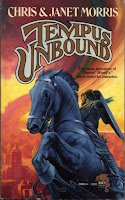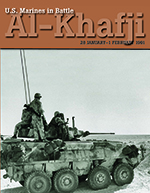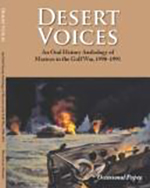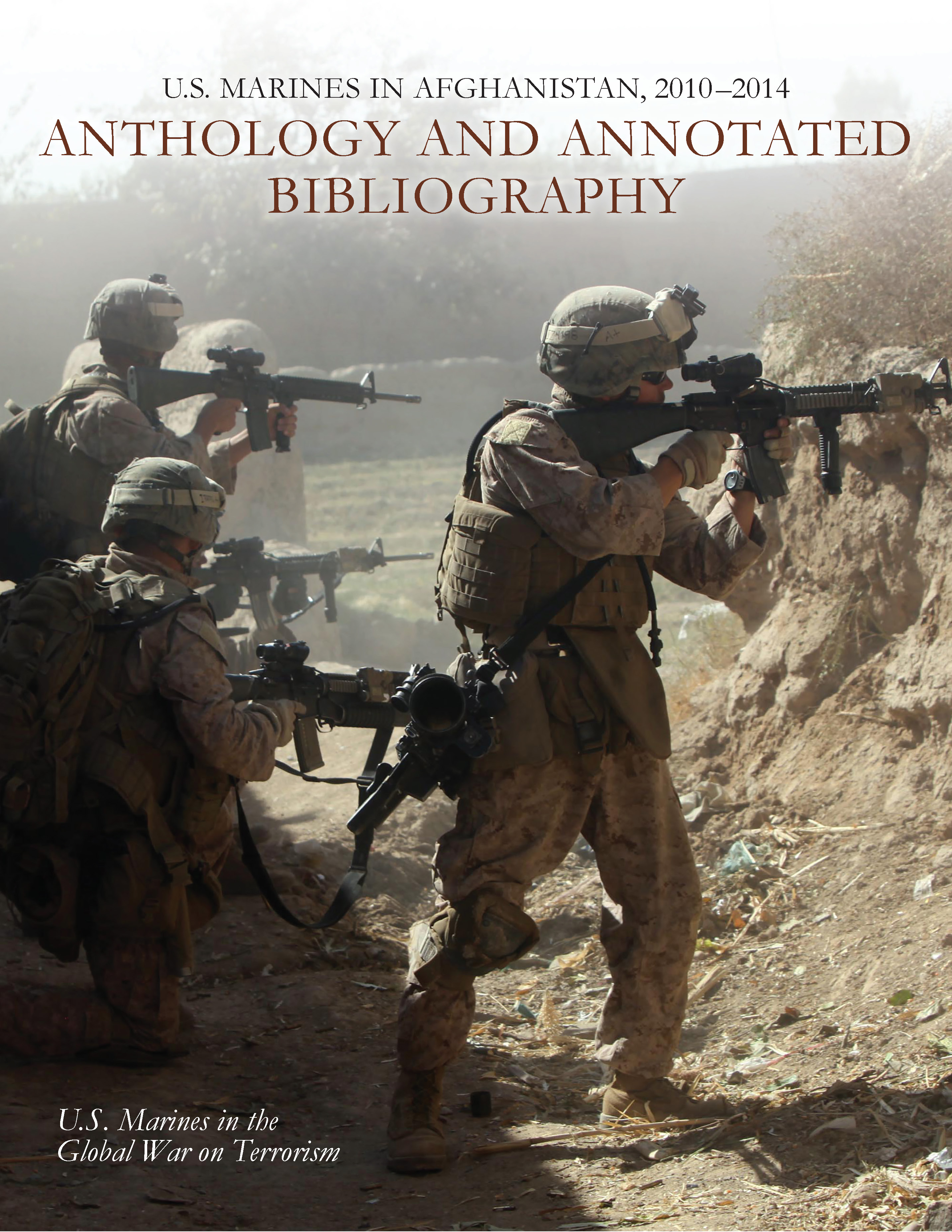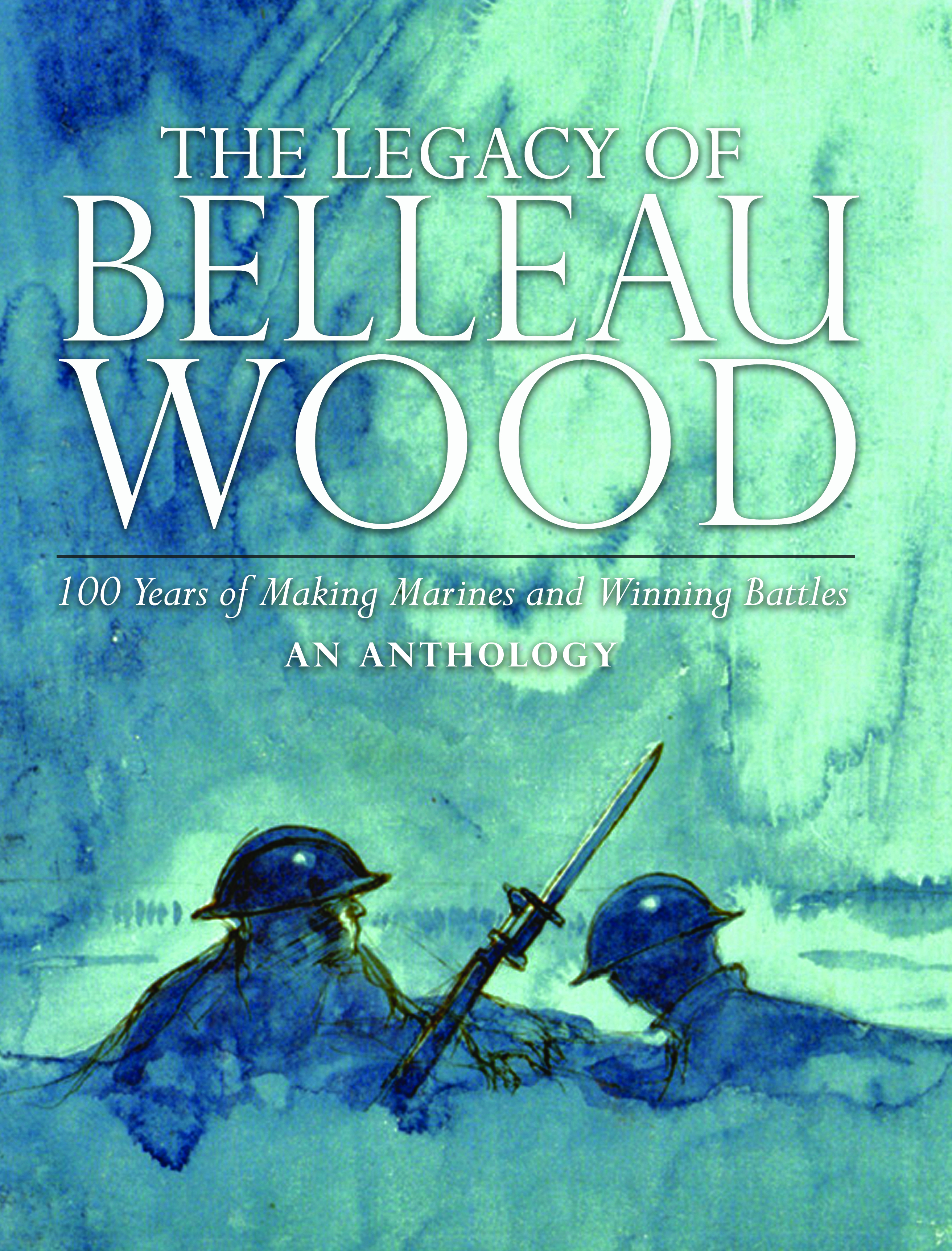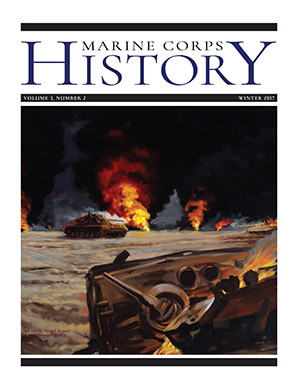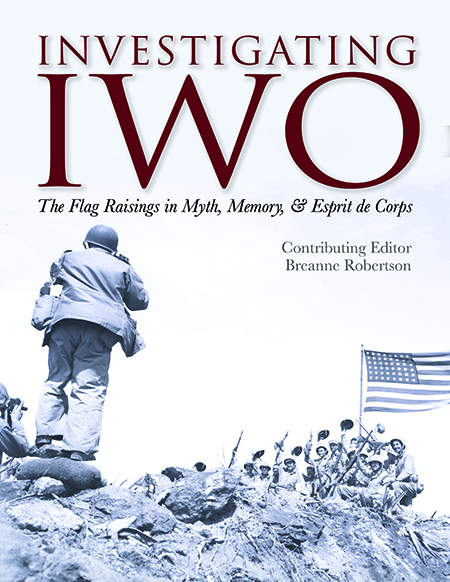All views in this blog are my own and represent the views of no other person, organization, or institution.
This is crass self-promotion, but I thought a couple posts letting people know where to find my writing might be of interest. After all, if no one reads any of this it is sort of useless. So here is a short bibliography of my professional history work. I did leave out some shorter articles and my book reviews, but this is the bulk of my professional historical writing.
Thesis:
“The development and decline of Romano-Byzantine archery
from the fourth to the eleventh centuries”, Master’s Thesis, Ohio State
University (1996)
I'd like to expand on this, as a journal article, a book, or a dissertation some day. It's my oldest work, I think I've grown as a writer and historian quite a bit since. It can be down loaded here, at the OhioLink Thesis & dissertation center. It can also be found on Medievalist.net here.
U.S. Marines in
Battle: Al-Khafji, 28 January - 1 February 1991 History Division, U.S.
Marine Corps, (2008)
This work can be downloaded for free at the MCU website here. It can also be found in various book sellers on the web.
U.S. Marines in the
Gulf War, 1990–1991: Liberating Kuwait History Division, U.S. Marine Corps,
(2014)
This is my most significant work to date. It can be downloaded as a free pdf at the MCU website here. It can also be found in various book sellers on the web. I was awarded the 2015 Brigadier General Edwin Simmons-Henry I. Shaw Award by the Marine Corps Heritage Foundation. A scholarly review of the work on H-War can be found here.
Desert Voices: An Oral
History Anthology of Marines in the Gulf War, 1990-1991 with Alexander Hinman, History Division,
U.S. Marine Corps, (2016)
Conducting oral history interviews was one of my favorite parts of researching Liberating Kuwait. I wanted to let the Marines we interviewed speak more directly to readers, hence this work. It can be downloaded as a free pdf at the MCU website here. It can also be found in various book sellers on the web.
U.S. Marines in
Afghanistan, 2010–2014: Anthology and Annotated Bibliography with Christopher Blaker, History
Division, U.S. Marine Corps, (2017)
Intended as a first look and primer for Marines in Afghanistan during the period noted. It can be downloaded as a free pdf at the MCU website here. It can also be found in various book sellers on the web.
The Legacy of Belleau
Wood: 100 years of making Marines and winning battles, an anthology Edited by Paul Westermeyer and Breanne Robertson, History
Division, U.S. Marine Corps, (2018)
It can be downloaded as a free pdf at the MCU website here. It can also be purchased through the GPO here, or in various book sellers on the web. In 2018 this work was chosen as a Notable Government Publication by the American Libraries Association (ALA) Government Documents Round Table (GODORT) Publications Committee.
The Legacy of American
Naval Power: Reinvigorating Maritime Strategic Thought, an Anthology Edited by Paul Westermeyer and Breanne Robertson, History
Division, U.S. Marine Corps, (2019)
I worked on both of these Legacy anthologies with Breanne Robertson, together we did a podcast about the book for the Marine Corps War College's podcast, Eagles, Globes, and Anchors. You can download that podcast here. This work can be downloaded as a free pdf at the MCU website here. It can also be purchased through the GPO here, or in various book sellers on the web.
The United States
Marine Corps: The Expeditionary Force at War, Casemate Publishers, (2019)
I wrote this for Casemate's Short History series, it is intended as an introduction to Marine Corps history rather than a scholarly work. I am very happy with the reception it has received, especially the reviews from Leatherneck & Wargames Illustrated magazines. It is available on Kindle and in hardback, and can be found here on Amazon.
“Shattered Amphibious Dreams: The Decision Not to Make an
Amphibious Landing during Operation Desert Storm”
Marine Corps History Vol. 3, No. 2
(2018)
My last work on the Marines in the Gulf War, I really wanted to use that title, and I wanted to highlight the value of the Corps' amphibious feint. It can be downloaded as a free pdf at the MCU website here.
“Every Marine a Flag
Raiser: The Legacy and Meaning of the Iwo Jima Flag Raisings”
Investigating Iwo: The Flag Raisings in
Myth, Memory, & Esprit de Corps History
Division, U.S. Marine Corps, (2019) Co-author Dr Breanne Robertson
Dr Breanne Robertson's book on the Iwo Jima flag raising is one of History Division's 3 best books (out of over 200), in my opinion, so I'm very glad to have co-authored its concluding article with her. This work can be downloaded as a free pdf at the MCU website here. It can also be purchased through the GPO here, or in various book sellers on the web.
“Historiography for
Marines: How Marines should read and understand histories”
Marine Corps Gazette (November, 2019 Volume 103, Number 11, p78-82)
This article is something I planned for years, and I always hoped it would be published in the Gazette. I'm not sure it made the impact I hoped, but this article is near and dear to my heart. It can be downloaded here.
All views in this blog are my own and represent the views of no other person, organization, or institution.








